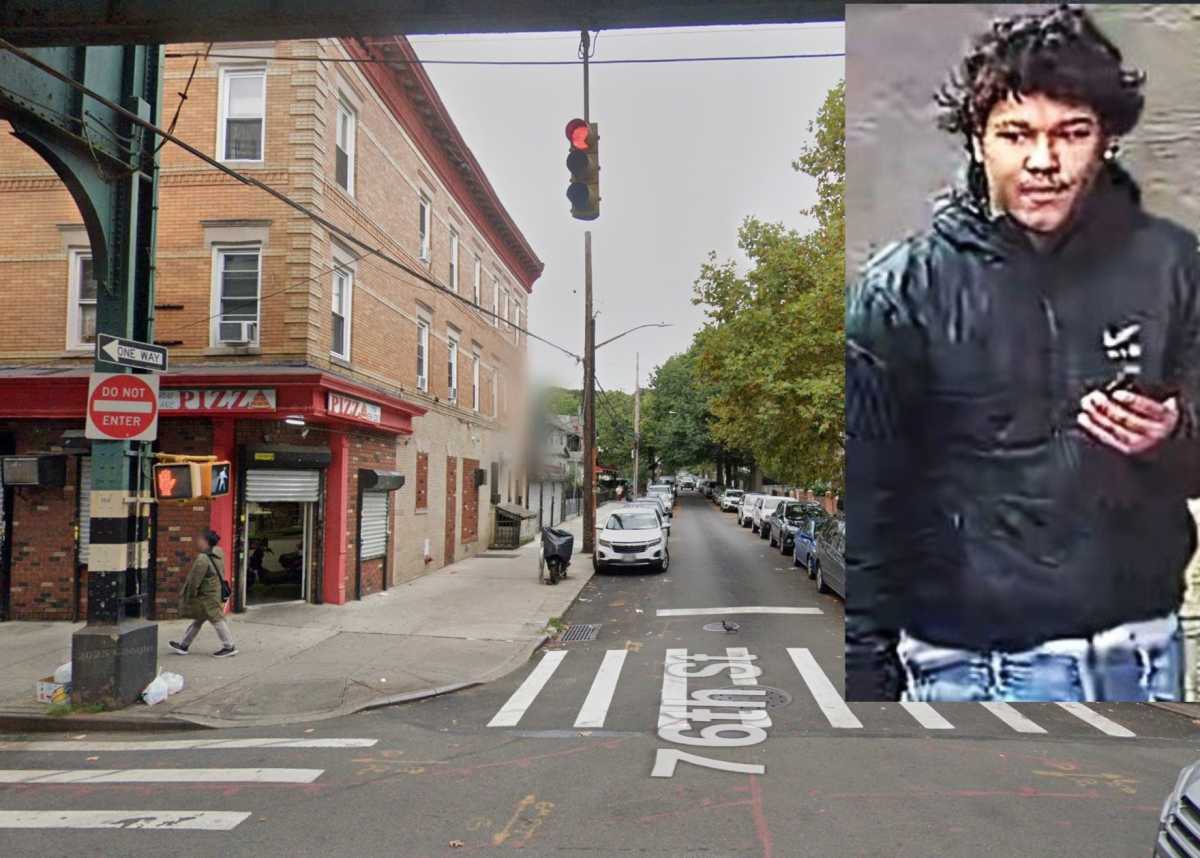The United States has earned its title as the land of opportunity and the economy has reaped the benefits of being a melting pot of cultures.
Now recent reports by the Fiscal Policy Institute (FPI) and State Comptroller Thomas DiNapoli affirm that immigrants in New York have significantly contributed to economic growth.
“A lot of immigrants work two or three jobs at a time, cleaning houses during the day, opening the store at night,” said Antonio Meloni, executive director of Immigration Advocacy Services, Inc. in Astoria. “They are helping the economy because they are strivers rather than shirkers.”
According to the FPI 2009 report, “Immigrants and the Economy,” immigrants nationwide have contributed to the economy in close proportion to their share of the population. The share of economic output of the five million immigrants in the New York metropolitan area, who make up 28 percent of the population, is at 28 percent. Over the past decade, fiscal growth has increased 35 percent in the region, alongside with the immigrant share of the labor force.
“Immigration reform could be helped if these numbers would be brought out,” said Meloni. “If we allow economic growth to take place within the immigrant community, the benefits aren’t just given to them. This could help the economy as a whole, no reverse prejudice.”
Foreign-born workers in New York are earning equal amounts to their U.S. born counterparts in higher wage occupations, such as the medical field, according to FPI. However, the population is more concentrated in lower-wage and blue-collar jobs, where the earnings are considerably less. Forty-five percent of cleaning and building workers and 54 percent of food service workers are immigrants.
The fact that immigrants are more likely to work in a wider range of jobs attributes to their considerable share in the economy. Many are entrepreneurs and small business owners. In Queens, the number of businesses grew at a faster rate than the rest of the city, by nearly 12 percent.
“What most people don’t realize is that these people are not eligible for government assistance so they have to rely on their work ethics,” said Meloni.
The top 10 neighborhoods in New York City with the highest concentration of foreign-born residents had greater economic growth than the rest of the city, according to the State Comptroller report of January 2010. The top five include Elmhurst/Corona, Jackson Heights, Sunnyside/Woodside, Forest Hills/Rego Park, and Flushing/Whitestone.
Of all the boroughs, Queens has the highest concentration of the immigrant population, at 47 percent. Dominicans make up the largest amount of immigrants in the city, followed by Chinese, Jamaicans, and Mexicans.
Many believe that consequence of these findings could hold hope for immigration reform in the future. But there are still hurdles to overcome.
“What we saw in our study certainly underscores the important role that immigrants are playing in the economy and also points out some areas where there are potential problems,” said David Kallick, director of FPI’s Immigration Research Initiative, adding that immigration reform has to be done right so that it doesn’t have serious consequences for the economy.
“The obvious problem now is that you have large numbers of undocumented workers, and the channels for legal immigration are far too narrow,” said Kallick.
































